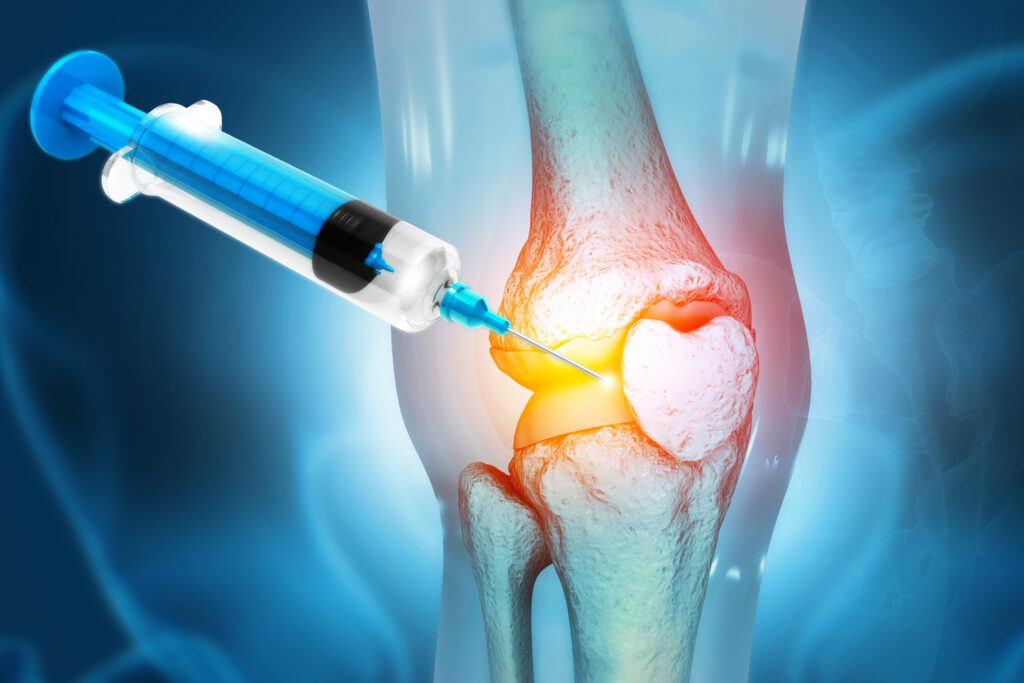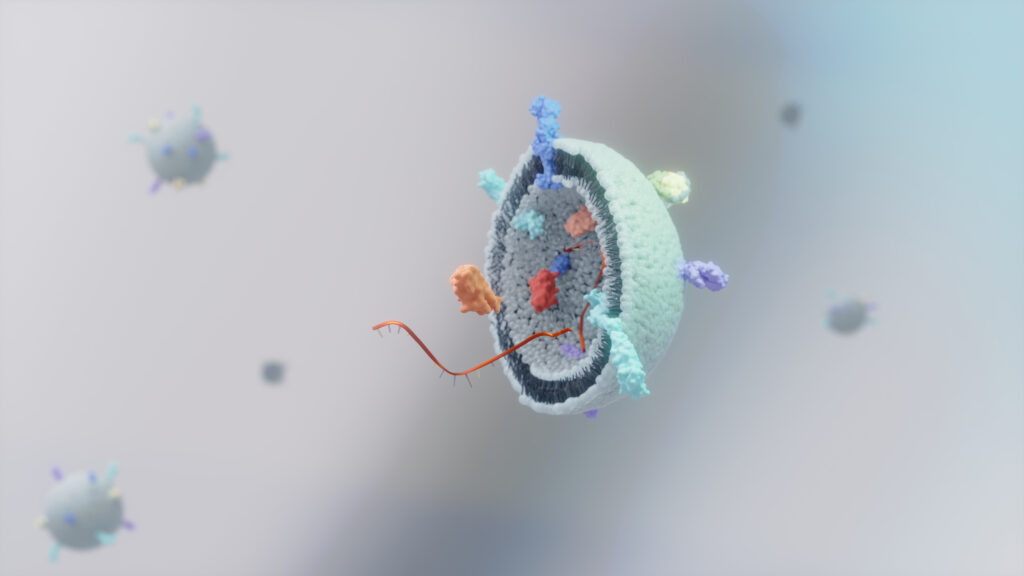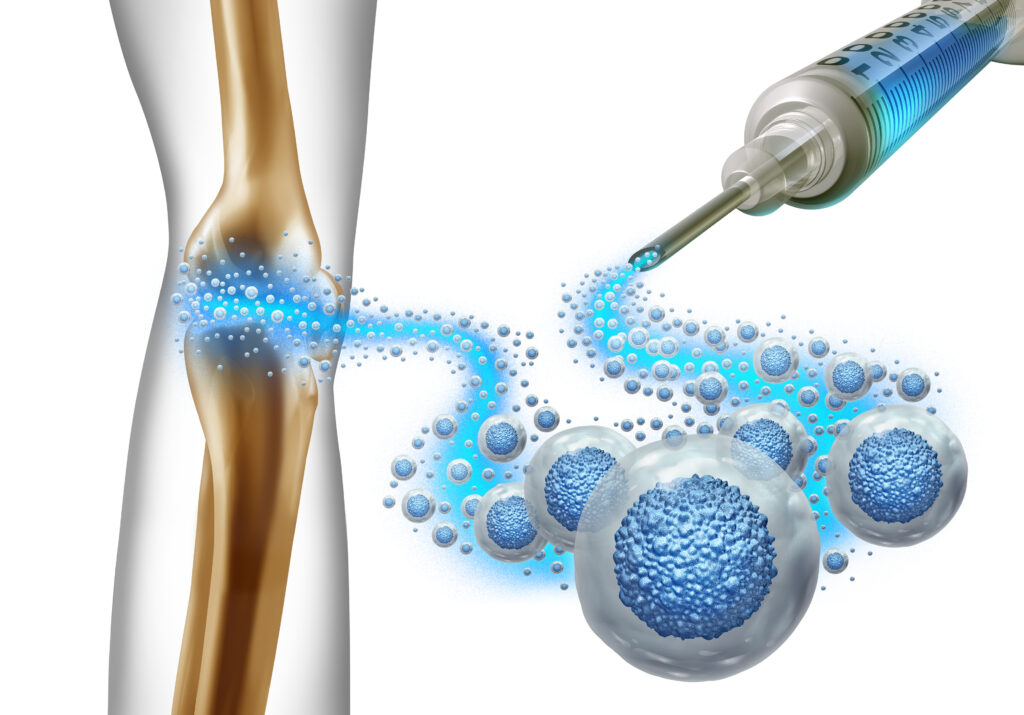Osteoarthritis
Understanding Osteoarthritis
Osteoarthritis occurs when the protective cartilage on bones wears down, leading to pain, stiffness, swelling, and sometimes the formation of bone spurs. This degeneration can result in bone-on-bone contact, further exacerbating symptoms and leading to reduced mobility, muscle atrophy, and joint instability.

Choosing Stem Cell or Exosome Therapy Over Surgery for Osteoarthritis
Osteoarthritis affects approximately 7% of the global population with women more frequently inflicted by the condition. The risk increases dramatically for those who suffer joint injuries from overuse or acute trauma. Osteoarthritis is marked by chronic inflammation, progressive loss of synovium—the soft tissue that lines the joint capsule and lubricates the joint; as well as cartilage and bone degradation. Deterioration of the joint leads to reduced quality of life through:
- Severe pain, stiffness, and swelling
- Bone spur formation that can exacerbate pain and destruction of the joint
- Reduced mobility, contributing to muscle atrophy and joint instability, further worsening symptoms and structure of the joint
Why Use Stem Cells or Exosomes to Treat Osteoarthritis?
Most therapeutic effects of stem cells in cartilage regeneration have been linked to their secretion of paracrine molecules, rather than their previously believed cell differentiation. These molecules include growth factors, cytokines, chemokines, lipids, mRNAs and microRNAs. All are found within vesicles secreted by stem cells, primarily extracellular vesicles (EVs), including exosomes.
When they’re secreted by MSCs into the space surrounding the damage, EVs can interact with, and be internalized by nearby cells, such as the chondrocytes in cartilage. Once internalized, they provide molecules that can modify the biochemical characteristics of the cell and provoke changes in the extracellular matrix (ECM), surrounding the joint. Preclinical studies suggest that the EVs work by regenerating tissue, modulating the immune system to control inflammation, and protect and reduce the breakdown of cartilage and the ECM.
UC-MSC exosome treatment of cartilage has been shown to cause rapid cellular proliferation and migration and can reduce inflammatory characteristics found with damaged cartilage in osteoarthritis. Thus, exosomes offer a minimally invasive, cell-free regenerative treatment for osteoarthritis.

Ready to Transform Patient Care?
Get in touch with our regenerative medicine experts today.
The following videos are publicly hosted on YouTube and are shared solely to provide educational examples of the potential benefits of stem cell therapy. Muse Cell Bio does not endorse, promote, or affiliate with any products, services, or clinics featured or mentioned in these videos.




